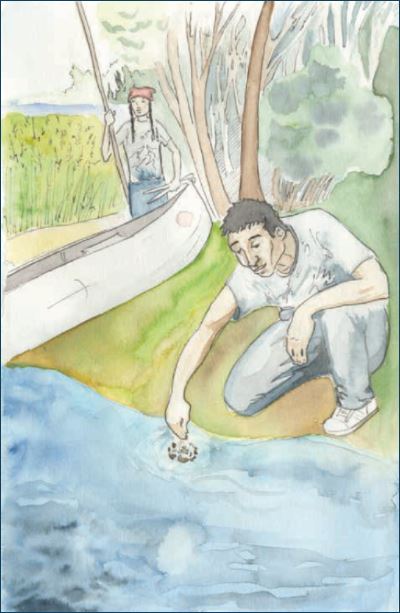Monitoring our wetlands
A wetland monitoring team from Heidelberg University is playing an integral role in Ohio’s H2Ohio initiative to improve water quality in the state and reduce nutrients and pollutants going into Lake Erie. Read the full story by The Advertiser-Tribune.
Great Lakes Commission
https://www.glc.org/dailynews/20211122-h2o-ohio
















